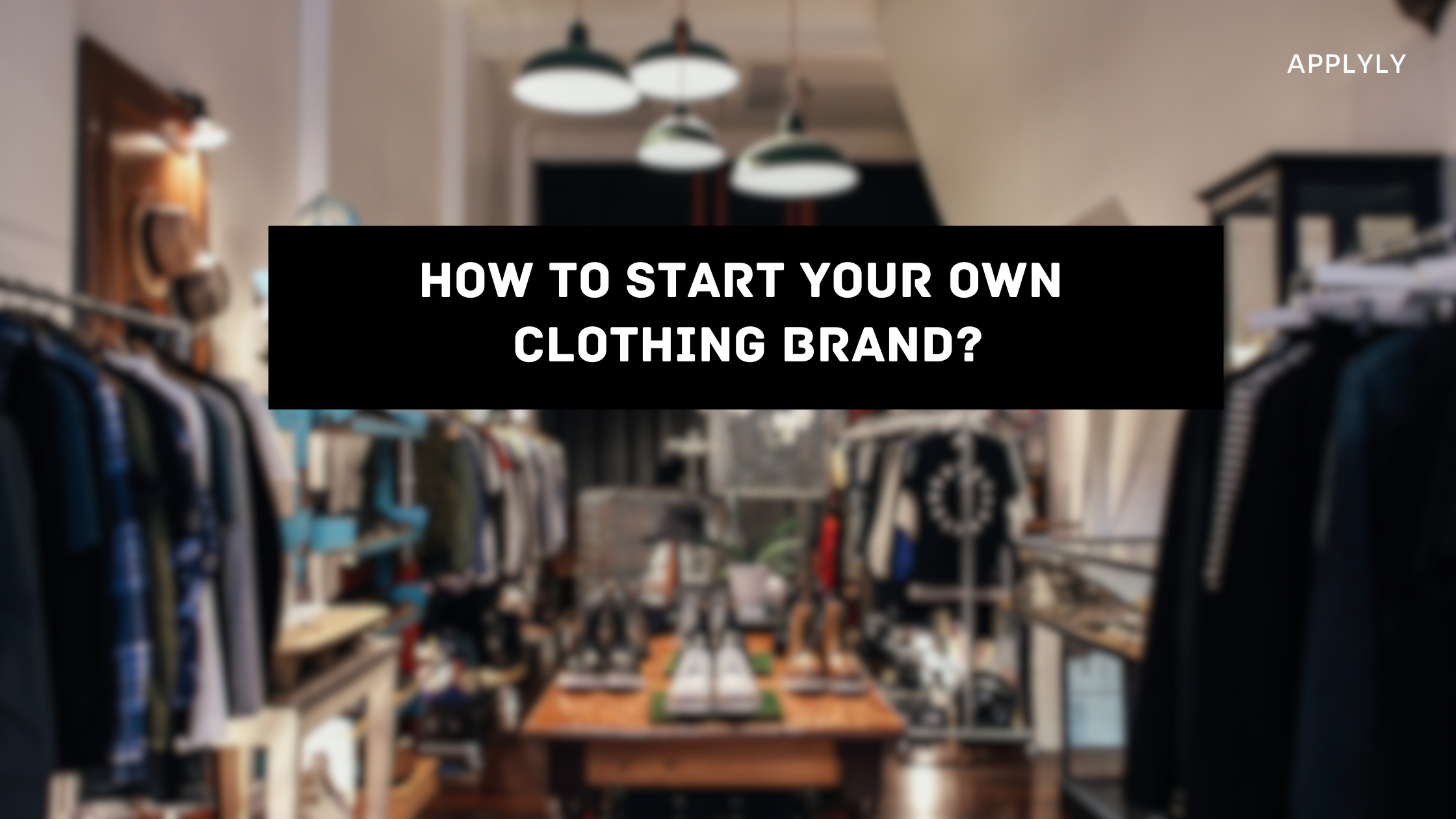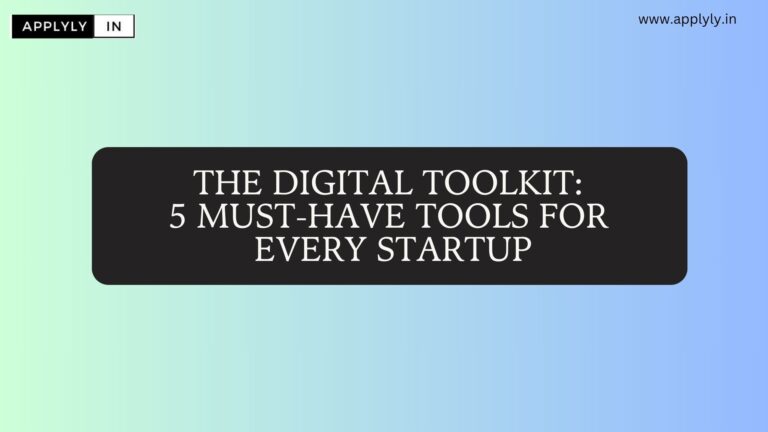How to Start Your Own Clothing Brand?
If you’re thinking to start your clothing brand, it is something that can be very fulfilling to do. It shows that if you have proper plans, you can win the competition walking through the fashion industry. It starts with establishing your concept of the brand and then it requires research on the competitors and the customers. The right business plan and the proper legal procedures will lay the framework down. Also, designing and manufacturing your collection will add value to your ideas as it will bring the finished product to reality. It is possible to start and develop a clothing brand that will be successful in the target market if you are determined and innovative.
1. Define Your Brand Concept
Your brand concept is the foundation of your clothing business.
- Pick your specialty:
Decide what excites you—sportswear, business attire, or casual clothing. Your interest will drive your creativity. - Know your target audience:
Choose who you will design for, such as young adults, working professionals, or fitness lovers. - Create a memorable brand identity:
Design a catchy name, logo, and tagline. These make your brand easy to recognize and trust.
2. Conduct Market Research
Market research helps you understand your competitors and customer needs.
- Study similar brands:
Look at their strengths and weaknesses to learn what works and what doesn’t. - Analyze trends:
Find out what’s popular in your niche, like specific colors or styles people want. - Listen to customers:
Talk to your target audience to discover their preferences and pain points in clothing.
3. Create a Business Plan
A business plan is your guide to running your clothing brand successfully.
- Write your story:
Share why you’re starting this brand and what makes it special. - Plan finances:
List expected costs (like materials and marketing) and how much money you want to earn. - Set strategies:
Describe how you will market your brand and find customers online or in your area.
4. Handle Legal Formalities
Legal paperwork protects your business and brand identity.
- Register your business:
Choose a type like sole proprietorship or private limited and complete necessary paperwork. - Get a trademark:
Apply for a trademark to secure your brand name, logo, and slogan from being copied. - Obtain GST registration:
If your business crosses the turnover limit, register for GST to comply with Indian tax laws.
5. Design and Manufacture Your Collection
This step brings your ideas to life and turns them into ready-to-sell products.
Decide on production:
Manufacture clothes in-house or outsource to reliable factories for better scalability and efficiency.
Create your designs:
Sketch your ideas yourself or hire a designer to bring professional expertise.
Choose quality materials:
Source fabrics and supplies from trusted vendors who offer reliability and good pricing.
6. Marketing and Branding
. Building an Online Presence
Creating an online presence helps people discover your brand and understand what you sell easily.
- Create a website:
Start with simple platforms like Wix or Shopify. They help you make a website without coding. - Add clear product pictures:
Take bright, sharp photos of your clothes. Show them from all angles so people trust your product. - Make it mobile-friendly:
Most people use phones to shop. Ensure your website looks neat and works well on small screens. - Use social media platforms:
Instagram, Facebook, and YouTube are free tools to show your clothes to many people. - Post every day:
Share videos and pictures of your clothes. Show how people can wear them differently.
7. Setting Up Your Sales Channels
Sales channels are the places where you sell your clothes, both online and offline.
- Online stores:
Platforms like Amazon or Flipkart allow you to sell your clothes easily without opening a shop. - Local markets:
Set up stalls in nearby markets to connect with buyers directly and hear their feedback. - Collaborate with others:
Ask local shopkeepers if they can display and sell your clothes. Share profits with them.
8. Marketing and Branding
Marketing helps people notice your brand, while branding creates trust and emotional connection.
- Run online ads:
Spend small amounts on Facebook or Google ads. These show your brand to local buyers. - Talk to influencers:
Ask local celebrities or influencers to wear and promote your clothes on social media. - Share customer stories:
If someone loves your clothes, ask them for a photo or video and post it online.
9. Financial Planning and Budgeting
Planning your money ensures you never run out of cash and always make a profit.
- Track your spending:
Note how much you spend on materials, stitching, and shipping every month. - Set the right price:
Sell your clothes for more than it costs to make them. This gives you profit to grow. - Save for emergencies:
Keep a small part of your earnings aside for unexpected costs like repairs or extra supplies.
10. Managing Logistics
Logistics means managing how your clothes are stored, shipped, and delivered to customers.
- Store clothes properly:
Keep your finished clothes in clean, dry places to avoid damage from dust or moisture. - Partner with delivery services:
Work with trusted couriers like India Post or Blue Dart to send clothes safely to buyers. - Create a return policy:
Tell customers how to return or exchange clothes easily if they are unhappy with their purchase.
11. Launching Your Brand
Your launch is your big moment to show your clothes to the world and make an impression.
- Host a small event:
Invite local buyers, shopkeepers, and friends to see your collection and shop directly. - Announce on social media:
Post pictures and videos introducing your brand. Use hashtags to reach more people. - Offer discounts or gifts:
Give a small discount or freebie to early customers as a thank-you for their support.
12. Scaling and Growing
Growth means reaching more people and adding new products to your brand slowly over time.
- Ask customers for ideas:
Talk to buyers and learn what new types of clothes they want from your brand. - Add more products:
If you sell kurtas, add matching dupattas or pants to offer a full outfit. - Partner with bigger shops:
Once you grow, approach city-based shops to stock and sell your clothes.
13. Overcoming Challenges
Challenges are normal in business, but you can tackle them with patience and smart solutions.
- Manage late payments:
Politely remind customers or shopkeepers about payment deadlines. Offer discounts for early payments. - Handle slow sales periods:
During festivals, promote festive offers. During slow months, create special discounts to attract buyers. - Stay creative:
Keep introducing new designs and ideas so customers stay excited about your brand.
Conclusion- Start Your Own Clothing Brand
To Start Your Own Clothing Brand, you will need to be innovative, organise and persevere. If you have a clear vision of what the concept of the brand is going to be, if you know your audience, and if you follow your business plan, then you create a brand that will be heard. If properly positioned, your clothing brand will survive in the stringently competitive fashion niche.
You can read more information related to Startup advise, AI and startup news here.
Thanks






